Things have been busy! We have a number of new projects in progress, while we also wrap up old ones, and at the same time start to transition into…
Our new office!
Late last year, as the power interruptions got worse and we started to feel the need to have a shared studio space to work on new asset types together, we made the decision to get together and rent out a new office.
Things are still being set up so there’s not much to show right now, but you’ll see more in the next dev log 🙂
To elaborate on the power interruptions, South Africa has had “load shedding” active for the last ~110 days consecutively – since September last year. This means 2-12 hours per day of no electricity for everyone in the country, spread out according to municipal schedules.
For example, here’s my schedule for the next 2 days – thankfully we’re only at Stage 4 currently:
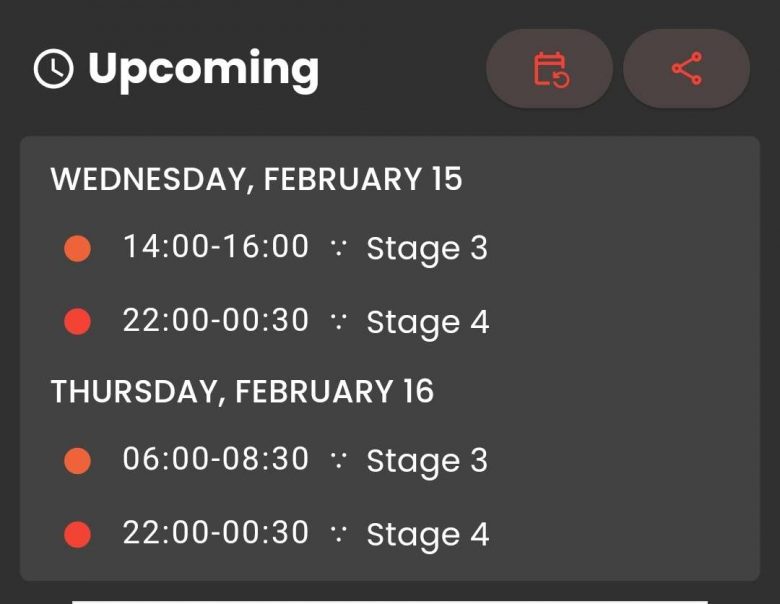
Politics aside, this is clearly no way to live or work. Almost all businesses have been forced to find their own private solutions to electricity supply, being either generators, battery backups, or solar installations.
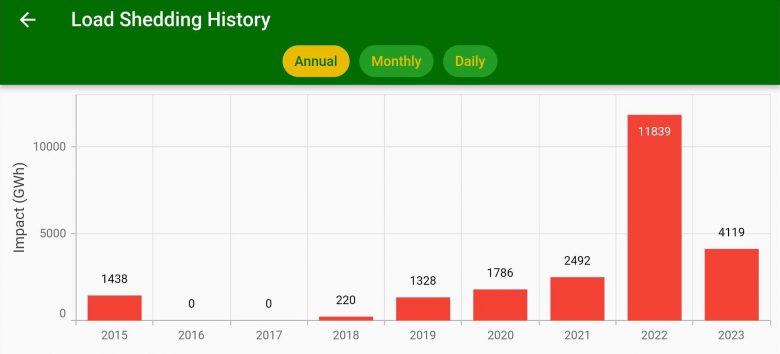
Considering load shedding has been getting progressively worse since it first started for us back in 2014, and analysts don’t predict any significant improvements within the next few years, part of the reason for moving to this new office is to enable us to set up our own private solution to reliable power supply.
The ideal long term solution is solar power, and I’m currently working on getting the new office off the grid.
This will naturally be a large up-front investment, but it will pay itself off quickly. Down here it’s pointless to compare solar investments to grid-power like in first-world countries and calculate how many decades it will take to cover your costs, because grid power is not what solar is an alternative to. Down here, solar is an alternative to petrol/diesel generators, which are far more costly to run long term.
The cheaper solution in between solar and generators is simply battery backup inverters. This is what we’ve been using already for the last few months, however this is not a good long term solution as you are effectively using the grid power to charge your batteries to cover the deficit in grid power. If everyone in the country switches to battery backups, load shedding will get worse and worse as power demand increases to charge batteries. The only way to keep the lights on without adding more of a burden to the grid is to generate your own power.
This will take a few months to set up considering the huge demand for parts now, so I’ll keep you updated in future dev logs 🙂
Shed Progress
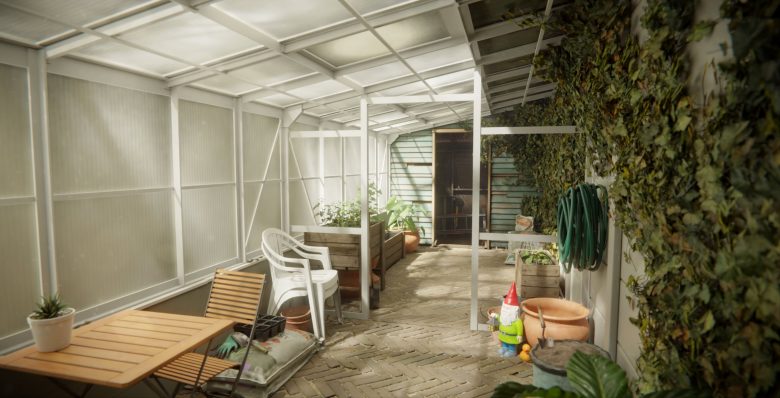
James is wrapping things up with the shed project, and we’ve started planning and setting up the next project too!
If you’re supporting us on Patreon, it’s not too late to cast your vote on the next theme.
Pine Forest Collection
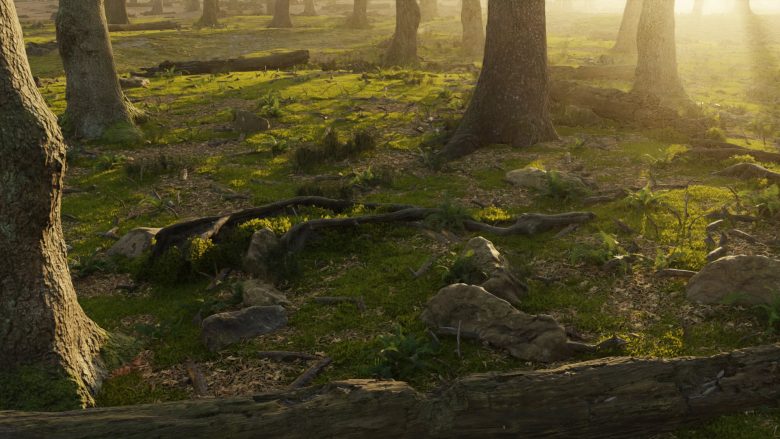
Our first nature biome asset collection is making great progress – Rico and Rob have been sharing some amazing progress on our Discord 🙂
Adding Rigs to Assets
Yann Kervran has been working on some rigs for many of our existing assets, which is really cool!
We’ve added a little indicator on thumbnails for assets that include rigs, as well as a “rigged” tag to be able to search for them.
Yann also wrote some guidelines and rigging principles, which we’d be happy to have some feedback on as well.
Home Banner

The image banner on the home page has been updated with multiple renders from our user gallery, and also a few from Rob. Check them out 🙂
Non-Square Textures
We recently had a discussion about whether or not (and how) we should support having non-square textures on our platform.
In practice, square image textures mean consistent UV aspect ratios, lightmaps and texel density. When you switch between different textures while experimenting, you don’t have to keep adjusting the aspect ratio of your UV maps (or mapping nodes) to avoid stretching if they’re all square. Some software and game engines also prefer to have (or require) square images that are in powers of 2.
On the other hand, most software doesn’t care much about what size your images are. In some cases for long objects like trees and swords, you potentially waste a lot of UV space or need to have lots of seams if you keep your images square.
So for the time being we’ve decided to tentatively allow non-square textures with the following conditions:
- Only for use cases where it makes more sense (e.g. tree/bark textures).
- Only in a consistent 2:1 aspect ratio, still powers of 2 resolution.
Otherwise, all other textures must be square.
If you have any thoughts about this, feel free to share in the comments below 🙂


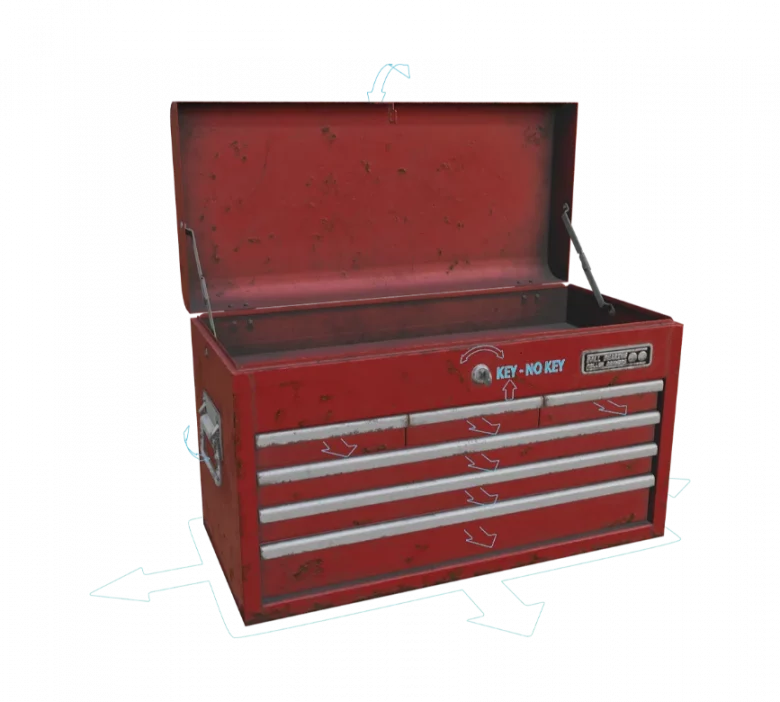
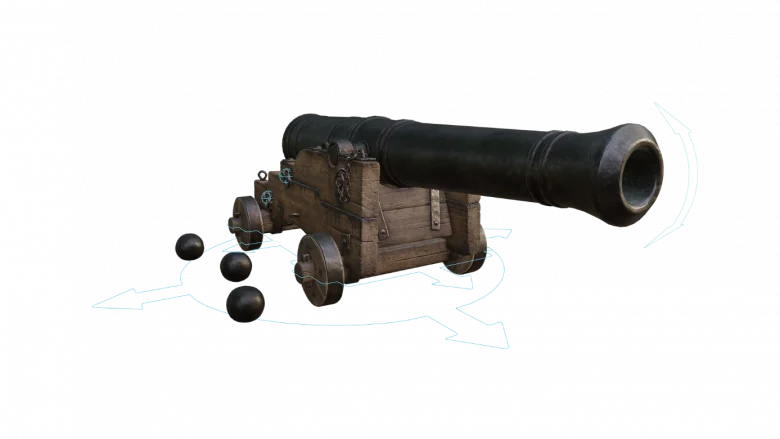

Added a little more to my monthly Patreon payment to help pay for the solar power arrangement. Thank you folks for all your hard work on the HDRI’s and other modelling assets.
Thank you so much. We appreciate all the support!
So excited about the pine forest asset. Exactly what I need.
Keep up the good work people.